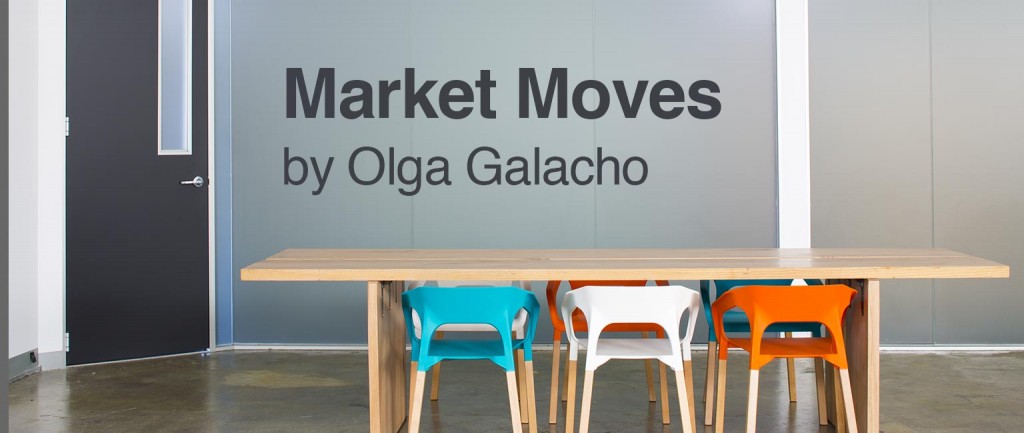Who’s investing in commercial property?

Since the global financial crisis there has been a decrease in commercial property prices, resulting in higher yields.
This has attracted a growing number of investors to consider commercial property as an appealing addition to their portfolios.
Calculating a strong return
Part of what’s attracting new investors is the proportionally high yields that can be achieved from commercial property investments.
A yield is calculated by dividing the property’s net yearly rent by the purchase price.
Divide the net yearly rent by the purchase price to calculate the return on investment.
So, for instance, if a property is sold for $700,000 and the lease is worth $60,000 excluding outgoings, then the yield is 8.57%.
If the price is lower, say $600,000, but the rent remains the same, the yield climbs to 10% and a greater return on investment is achieved.
So who’s buying?
Many of the investors are owner-occupiers. John Frame, from broking house the Loan Clinic, says the typical commercial investor has a higher than normal risk appetite.
Commercial investors should have a greater tolerance for risk.
“Your typical buyer has a larger propensity to take on risk because there’s a possibility that the property will be vacated and you may find it takes a long time to get another tenant signed on,” Frame says.

Read more:
Beginner’s guide to investing in commercial property
What you need to know about commercial loans
Investing in your own business
Banks will also factor this potential risk when deciding whether to lend. Often they will only lend on a short-term basis (such as for the duration of the lease) in order to reduce their own exposure to default.
For this reason, buyers are often self-employed people who lease the premises back to their own businesses, thereby eliminating the need to rely on a tenant.
Many self-employed workers lease the property back to their own business.
Read more:
Current trends in commercial property
Commercial property investment loans
A large potential windfall
“For others the risk trade-off is the higher yield they can achieve with commercial assets compared to other types of investments such as residential, bonds or shares,” says Frame.

Look for a long lease
“Savvy commercial investors look for a property that has a tenant on a long lease in an area where there are established anchor tenants, such as a supermarket, bank, post office or pharmacy,” Frame says.
A property with established ‘anchor tenants’ is a safer investment.
“If the property has a parking lot, all the better, because that’s a drawcard for your tenant’s customers.”
Read more: Which commercial property is right for you?
The information in this article is for general interest and is not intended as advice. For advice and planning, consult an experienced financial planner.







